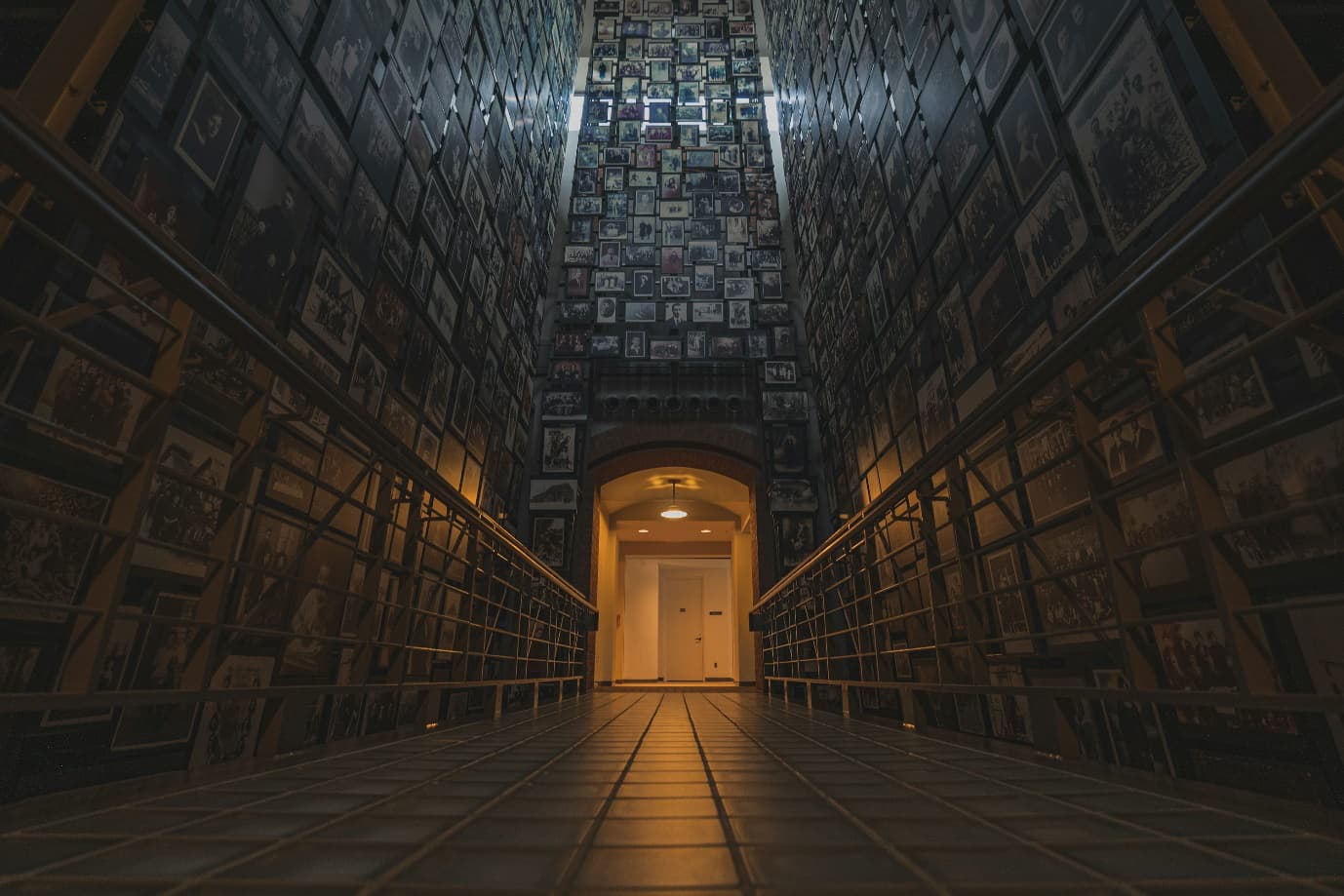Have you ever walked through the hushed halls of a war memorial or museum, noticing the quiet elegance of glass doors and windows? It’s not by accident.
These transparent barriers are much more than architectural choices—they play a profound role in shaping our experience of remembrance and reflection. In this article, we’ll delve into the subtle symbolism of glass in these spaces, exploring how it fosters connection, healing, and a deeper understanding of history’s conflicts.
Do glass doors in memorials and museums hold a special meaning in relation to war remembrance?
Yes, glass doors in memorials and museums commemorating war are purposefully used to create spaces of contemplation, reflection, and connection to the past. They symbolize transparency, openness, and the fragility of peace.
Beyond its aesthetic appeal, glass serves a multifaceted purpose in these solemn settings. Its transparency invites visitors to literally see through the past, fostering a tangible link to the events and people being commemorated. The act of physically entering a space through a glass door can be a symbolic passage, a transition into a realm of memory and contemplation.
Join us as we uncover the deeper layers of meaning behind these architectural elements, exploring how they help us engage with history’s difficult truths and find glimmers of hope for a more peaceful future.
The Symbolism of Transparency: Glass as a Metaphor for Remembrance
Glass, in its inherent nature, is a paradox. It is both fragile and strong, transparent yet reflective. These qualities make it a fitting material for spaces designed to commemorate war. The transparency of glass allows for a visual connection to the past.
Visitors can literally see through the artifacts, exhibits, and memorials within, creating a sense of immediacy and presence. This visual connection helps bridge the gap between the present and the past, fostering a deeper understanding of the events and sacrifices being honored.
Moreover, the fragility of glass serves as a poignant reminder of the delicate nature of peace and the human cost of conflict. It echoes the vulnerability of life and the devastating impact of war on individuals, families, and societies.
This fragility is often emphasized in the design of memorials, where cracked or shattered glass can be used to represent the trauma and loss experienced during wartime.
At the same time, the strength of glass, especially when used in large panels or structural elements, can symbolize resilience and the enduring human spirit. It reflects the ability of individuals and communities to rebuild and recover in the face of adversity.
The use of glass in memorials can thus convey a message of hope and optimism, even in the midst of remembering tragedy.
Fostering Reflection and Contemplation
Glass doors and windows also play a crucial role in shaping the atmosphere within memorials and museums. The natural light that filters through the glass creates an ethereal and contemplative environment.
The interplay of light and shadow can evoke a sense of reverence and introspection, encouraging visitors to pause, reflect, and connect with the emotions and stories embedded in the space.
Furthermore, glass can create a sense of openness and inclusivity. It invites visitors to step inside and become part of the memorial experience. The act of physically entering a space through a glass door can be a symbolic passage, a transition into a realm of memory and contemplation.
This sense of openness can also foster dialogue and shared experiences, as visitors can see and interact with each other through the glass.
Different Uses of Glass in Memorials and Museums
The use of glass in memorials and museums takes many forms, each with its own unique symbolism and impact:
- Glass walls and partitions – These create visual connections between different areas of the memorial, allowing visitors to see multiple exhibits or perspectives simultaneously. This can foster a sense of interconnectedness and highlight the multifaceted nature of war and its consequences.
- Glass cases and displays – These protect and showcase artifacts while maintaining a sense of transparency and accessibility. Visitors can examine objects up close, fostering a personal connection to the past.
- Glass ceilings and skylights – These flood the space with natural light, creating an ethereal and uplifting atmosphere. They can also symbolize hope and the possibility of a brighter future.
- Glass panels with etched or inscribed names – These personalize the memorial experience, honoring individual sacrifices and creating a tangible connection to the past.
- Glass sculptures and art installations – These can be used to express complex emotions and ideas related to war and remembrance. They can also serve as focal points for contemplation and reflection.
By thoughtfully incorporating glass into their design, memorials, and museums can create powerful and meaningful experiences for visitors. They can foster a deeper understanding of history’s conflicts, encourage reflection and dialogue, and inspire hope for a more peaceful future.
In this way, glass serves as a window to peace, a transparent medium through which we can confront the past, honor the sacrifices of those who served, and strive for a world free from the horrors of war.
For those seeking to incorporate the elegance and symbolism of glass into their own projects, consider Dominius.no, a reputable and established glass door company in Norway. Their expertise and commitment to quality make them a perfect partner for creating spaces that inspire reflection, remembrance, and hope.
